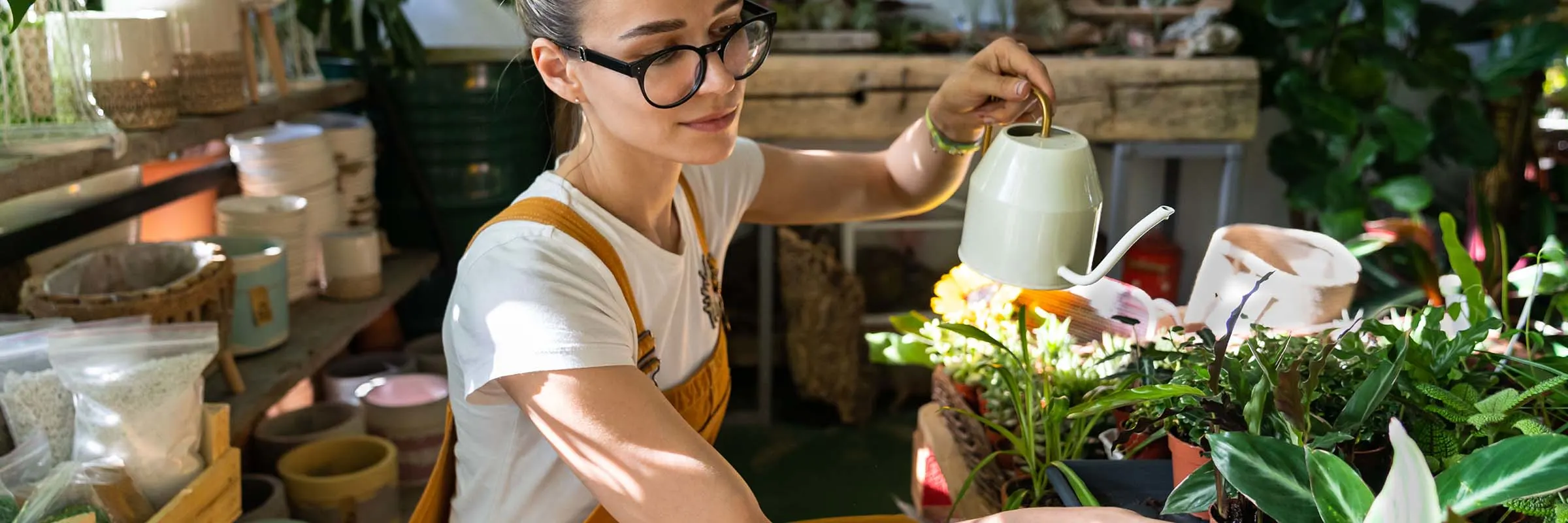Whether you’re buying a house or taking a once-in-a-lifetime trip, strategic saving and budgeting are critical parts of working toward your financial goals. One hands-on trend might be the right financial fit for you: Cash stuffing.
Read more: A savings account can help you meet your money goals.
What is cash stuffing?
This version of budgeting uses paper money and envelopes (or binders or folders, pick your packet of choice) to physically save for specific expenses. By setting aside a set amount of cash each month, you can better monitor your spending and watch your savings physically grow over time.
Even as our world becomes more digital, cash stuffing as a trend has remained fully analog. For some, physically seeing the money can help make spending and saving more intentional. Some have leaned into the trend by sharing their process on social media, complete with colorful, personalized saving envelopes.
By setting aside a set amount of cash each month, you can better monitor your spending and watch your savings grow over time.
How does cash stuffing work?
This method works the same way as many other saving and spending tools, like our saving and spending buckets, which are features of our Ally Bank Savings Account and Ally Bank Spending Account. Those tools are the digital answer to the envelope method of saving. But the key to cash stuffing is its tangible twist. If it sounds like a good fit for you, start with these four steps:
1. Create envelope categories
These can be whatever you want, but focus on those regular expenses, like groceries, gas and other weekly or monthly expenses. Ideally, these are for places where you'll be able to pay with cash.
2. Determine your budget
Next, decide how much you want to contribute to each of your envelopes. Take a look at your broader expenses to assess how much you’ll spend each month. If you don’t yet have a budget process in place, now is the time to build that. By understanding how much you spend each month, you can better determine how much you’re able to save.
3. Only spend the cash in your envelopes
For each of your chosen categories, only spend the money in the envelope. It can be tempting to just take out your credit card, but unless it’s an emergency, try to avoid it. To reap the benefits of this approach, you need to stick to the cash you’ve set aside.
4. Save your leftover cash
If you have money left in your envelope at the end of the month, consider depositing it in your savings account or setting it aside for one of your longer-term saving goals — either in another envelope or a savings bucket (as part of your Ally Bank Savings Account). This can be a way to supplement your savings for that trip you’ve been dreaming about or that down payment on a house.
Pros and cons of cash stuffing
For some, it can be easy to lose sight of how much you’re saving or spending when those amounts are just numbers in an account. Cash stuffing gives you a physical reminder of what you’ve spent and limits your available funds. Plus, it could prevent you from overspending.
But it has its limitations. We are living in a digital world where the vast majority of payments are made online, by phone or via a credit card. Having the discipline to stick with cash won't be easy. And keep safety in mind when you decide where and how to store your envelopes.
Mind your money methods
Personal finances are just that — personal. The way you save, budget and spend is up to you. Trying different approaches, whether it’s cash stuffing or savings buckets, can help you find the right fit for your money goals and keep you moving toward your ideal financial future.



